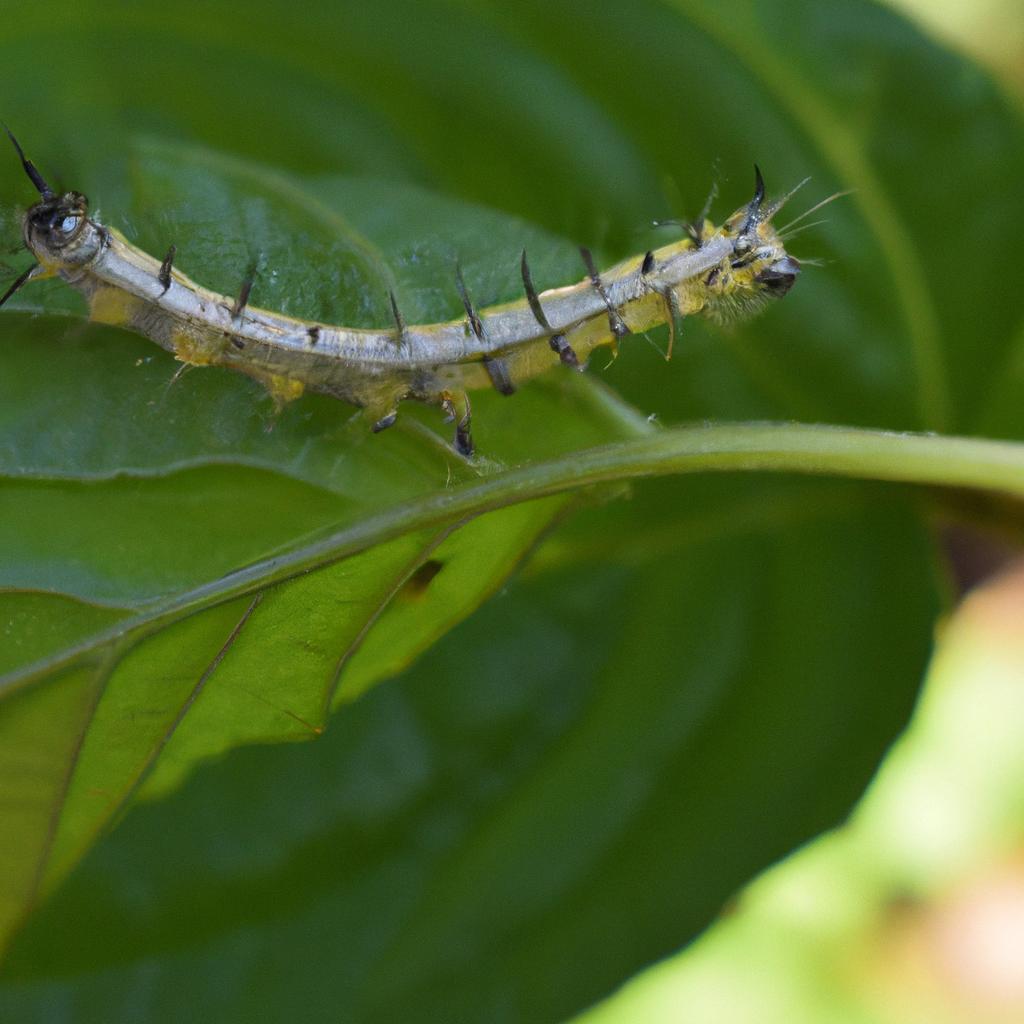Discover how to identify, prevent, and control missouri garden pests. Protect your garden oasis from these pesky intruders and ensure its thriving beauty.
Picture this: you step into your lush Missouri garden, basking in the vibrant colors and intoxicating scent of blooming flowers. It’s your personal oasis, a sanctuary of nature’s beauty. But wait! What’s that lurking amidst your prized plants? Unwanted guests that threaten to disrupt your garden’s harmony – the dreaded Missouri garden pests. Fear not, homegardenartful.com is here to guide you through the process of identifying, preventing, and controlling these pesky intruders that can wreak havoc on your beloved green haven.
Introduction
In the heartland of America, cultivating and maintaining a thriving garden is a cherished pastime. Missouri, known for its diverse landscape and rich agricultural heritage, offers a paradise for both seasoned gardeners and enthusiastic beginners. However, alongside the joys of gardening, there exist numerous challenges, with garden pests being one of the most common and persistent adversaries.
The Importance of Maintaining a Healthy Garden in Missouri
Your garden is not just a mere collection of plants; it is an extension of your creativity, passion, and dedication. A well-tended garden brings tranquility, beauty, and even sustenance to your life. But why is it crucial to maintain a healthy garden in Missouri? Well, aside from the aesthetic appeal, a thriving garden contributes to the overall well-being of the ecosystem, attracting beneficial insects, birds, and even pollinators. Moreover, a healthy garden provides a refuge for local wildlife and helps combat climate change by reducing carbon dioxide levels.
Overview of Common Pests that Can Damage Gardens in Missouri
Now, let’s address the elephant in the room – the pests that can turn your garden oasis into a battleground. Missouri is home to a variety of garden pests that can wreak havoc on your plants, from nibbling insects to voracious rodents. These unwelcome visitors include aphids, slugs, snails, cutworms, Japanese beetles, and the notorious tomato hornworm. These pests can cause substantial damage to your garden, devouring leaves, fruits, and even roots, leaving behind a trail of destruction.
But fret not, my fellow garden enthusiasts! In the upcoming sections, we will delve into the art of identifying these pests, understanding their impact, and equipping ourselves with effective prevention and control methods. Together, we will ensure that your Missouri garden remains a thriving haven, resilient against the onslaught of these pesky intruders.
So, grab your gardening gloves and get ready to embark on a journey of empowerment and knowledge. Join me in unraveling the secrets to safeguarding your Missouri garden from the clutches of these cunning garden pests. Remember, when it comes to gardening, knowledge is power, and with the right tools in hand, you can triumph over any adversary that dares to threaten your green sanctuary.
Stay tuned for the upcoming sections, where we’ll dive deeper into identifying Missouri garden pests and their impact on your precious plants. Let’s reclaim your garden paradise together!
Identifying Missouri Garden Pests
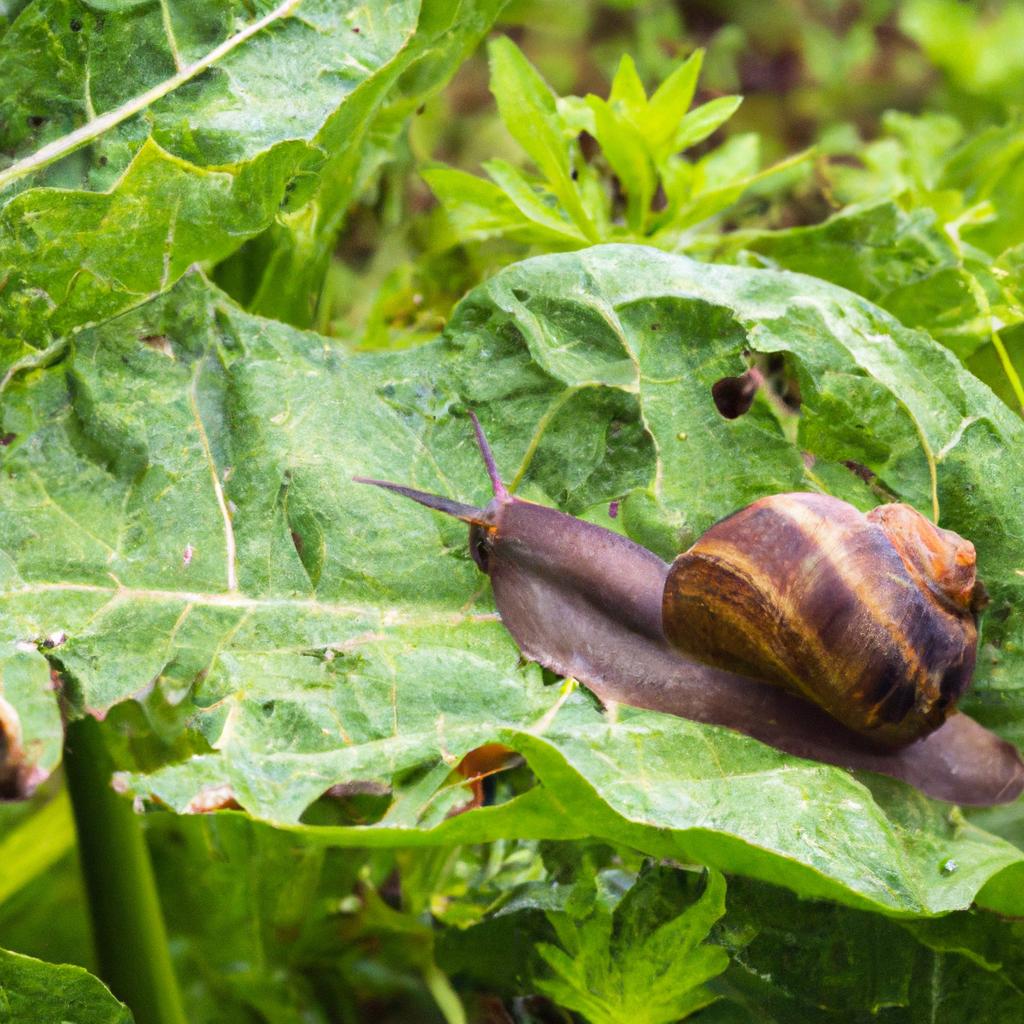
Your garden is a thriving ecosystem, teeming with life and interconnected relationships. However, within this delicate balance, certain pests can disrupt the harmony and pose a threat to your precious plants. To effectively combat these intruders, it is crucial to first identify them. Let’s explore the various pests commonly found in Missouri gardens and equip ourselves with the knowledge to recognize the signs of pest infestation.
Description of Various Pests Commonly Found in Missouri Gardens
- Aphids: These tiny, pear-shaped insects are notorious for their ability to multiply rapidly and suck the sap from your plants. You may spot them clustered on the undersides of leaves or see the sticky residue known as honeydew left behind.
- Slugs and Snails: These slimy creatures are nocturnal and thrive in moist environments. They chew through leaves and leave irregular holes, often leaving behind a shiny trail of slime.
- Cutworms: These sneaky pests are the larvae of certain moth species. They hide in the soil during the day and emerge at night, cutting through the stems of young plants near the soil line.
- Japanese Beetles: These metallic green beetles are a common sight in Missouri gardens. They feed on leaves, devouring the tissue between veins, resulting in a skeleton-like appearance.
- Tomato Hornworm: A voracious eater, this large green caterpillar can quickly defoliate tomato plants. Look for the telltale signs of chewed leaves and dark droppings.
Tips for Recognizing Signs of Pest Infestation
Detecting pest infestations early on can prevent extensive damage to your garden. Keep an eye out for the following signs:
- Chewed Leaves: Inspect your plants for irregular holes, notches, or missing foliage. Different pests leave distinct patterns, enabling you to identify the culprit.
- Wilting or Stunted Growth: Pests can disrupt a plant’s ability to absorb nutrients, causing wilting, yellowing, or stunted growth. If your plants are not thriving despite proper care, pests may be to blame.
- Presence of Eggs, Larvae, or Pests: Regularly inspect the undersides of leaves, stems, and soil for the presence of eggs, larvae, pests, or the damage they leave behind.
- Unusual Plant Behavior: Pay attention to any unusual behavior in your plants. For instance, ants crawling on your plants may indicate the presence of aphids, as ants are attracted to the honeydew they produce.
By familiarizing yourself with the characteristics of common pests and staying vigilant for signs of infestation, you empower yourself to take timely action. In the next section, we will explore the impact that Missouri garden pests can have on your beloved plants and the importance of proactive prevention and control measures. Embrace your role as a garden defender, and together, we shall overcome these challenges!
Impact of Missouri Garden Pests
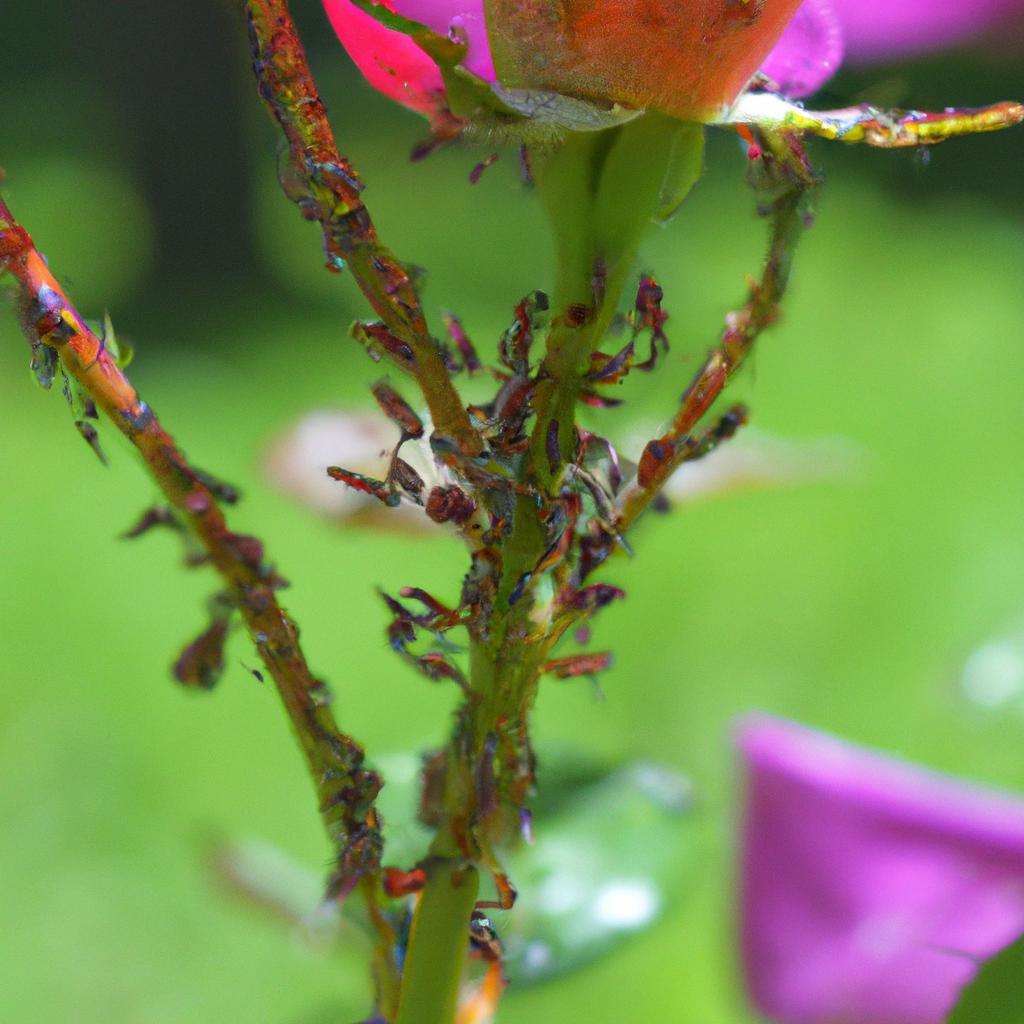
The Potential Damage Caused by Garden Pests in Missouri
As we delve deeper into the world of Missouri garden pests, it’s crucial to understand the potential damage they can inflict upon your precious plants. These tiny intruders may seem inconspicuous, but their impact can be far-reaching and devastating. Let’s explore the various ways garden pests can wreak havoc on your garden oasis.
Effects on Plant Health, Yield, and Overall Garden Aesthetics
Garden pests in Missouri can jeopardize the health and well-being of your plants in multiple ways. One of the most common consequences is the destruction of foliage. Pests like aphids and caterpillars feast on leaves, leaving behind unsightly holes and ragged edges. This not only compromises the visual appeal of your garden but also impairs the plant’s ability to carry out crucial functions like photosynthesis, leading to stunted growth and diminished vitality.
Moreover, certain pests target the fruits and vegetables in your garden. The voracious appetite of pests such as tomato hornworms and cucumber beetles can lead to significant yield loss. Imagine the disappointment of eagerly tending to your tomato plants, only to discover half-eaten, blemished fruits. These pests not only diminish the quantity of your harvest but also compromise the quality, rendering your hard-earned produce inedible or unmarketable.
In addition to the direct impact on plant health and yield, garden pests can also mar the overall aesthetics of your garden. Picture a carefully planned flower bed, bursting with vibrant blossoms, only to be infested by aphids or mealybugs. These unwanted visitors leave behind sticky honeydew, a sugary substance that attracts ants and promotes the growth of sooty mold, further tarnishing the visual appeal of your garden sanctuary.
The impact of Missouri garden pests extends beyond the immediate visible damage. Pests can weaken plants, making them more susceptible to diseases and other stressors. The cumulative effect of these assaults can lead to long-term decline, with plants becoming more vulnerable and less resilient.
In the next section, we will explore preventive measures and control methods to help you combat these garden pests effectively. Stay tuned as we equip you with the knowledge and tools to protect your garden oasis from their relentless onslaught. Together, we can restore harmony and ensure the long-lasting beauty and productivity of your Missouri garden.
Prevention and Control Methods for Missouri Garden Pests
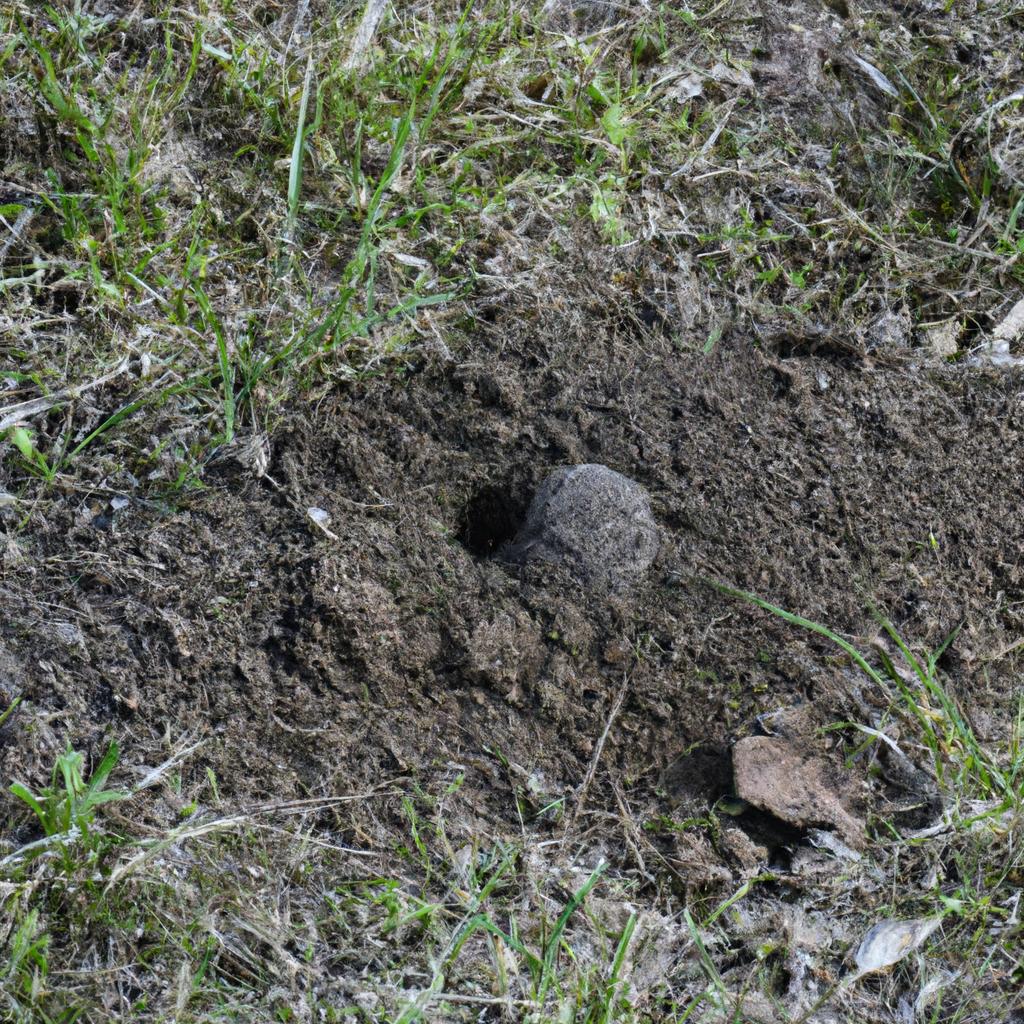
When it comes to protecting your Missouri garden from pests, prevention and control are key. Instead of resorting to harsh chemicals that may harm the environment and beneficial insects, let’s explore organic and eco-friendly approaches that effectively minimize the presence of garden pests. Additionally, we’ll delve into the concept of integrated pest management (IPM), a holistic approach that suits the unique needs of Missouri gardens.
Organic and Eco-Friendly Approaches to Minimize Pest Presence
Nature has its own arsenal of defenses, and harnessing these natural solutions can help maintain a healthy balance in your garden ecosystem. Here are some organic and eco-friendly methods to keep garden pests at bay:
- Companion Planting: Introduce a diverse range of plant species that complement each other. For example, marigolds can repel aphids and nematodes, while basil can deter mosquitoes and flies.
- Beneficial Insects: Attract beneficial insects such as ladybugs, lacewings, and praying mantises that feed on garden pests. Consider planting flowers like daisies, yarrow, and alyssum to lure these helpful predators.
- Natural Predators: Encourage the presence of natural predators like birds, toads, and frogs by providing birdhouses, water sources, and suitable habitats. They will eagerly feast on pests like slugs, snails, and caterpillars.
- Organic Sprays: Create homemade insecticidal soaps or organic sprays using ingredients like neem oil, garlic, or chili pepper. These natural concoctions can deter pests without harming the environment.
Introduction to Integrated Pest Management Techniques Suitable for Missouri Gardens
Integrated Pest Management (IPM) is a comprehensive approach that focuses on long-term pest prevention and control while minimizing environmental impact. Here’s a step-by-step guide to implementing IPM in your Missouri garden:
- Identification: Accurately identify the pests causing damage in your garden. Different pests require specific control methods, so pinpointing the culprits is crucial.
- Monitoring: Regularly inspect your plants for signs of pest activity. Keep an eye out for chewed leaves, wilting, discoloration, or pest eggs. Early detection allows for timely intervention.
- Prevention: Implement preventive measures such as proper plant spacing, regular weeding, and maintaining healthy soil conditions. Healthy plants are more resilient to pest attacks.
- Cultural Controls: Use cultural practices like crop rotation, mulching, and proper irrigation to discourage pests and create an unfavorable environment for their survival.
- Mechanical Controls: Employ physical barriers like fencing, row covers, or netting to physically exclude pests from your garden. Handpicking pests or using traps can also be effective for smaller infestations.
- Chemical Controls (as a last resort): If all other methods fail, consider targeted and judicious use of pesticides. Choose organic or least-toxic options, following label instructions carefully to minimize harm to beneficial insects and the environment.
By adopting these organic and eco-friendly approaches, combined with the principles of integrated pest management, you can protect your Missouri garden from pests while maintaining a healthy and harmonious ecosystem. Stay tuned as we move on to Section V, where we will explore specific Missouri garden pests and the control measures best suited to tackle them head-on. Together, we’ll ensure your garden remains a thriving sanctuary, free from the clutches of these pesky intruders.
Specific Missouri Garden Pests and Control Measures
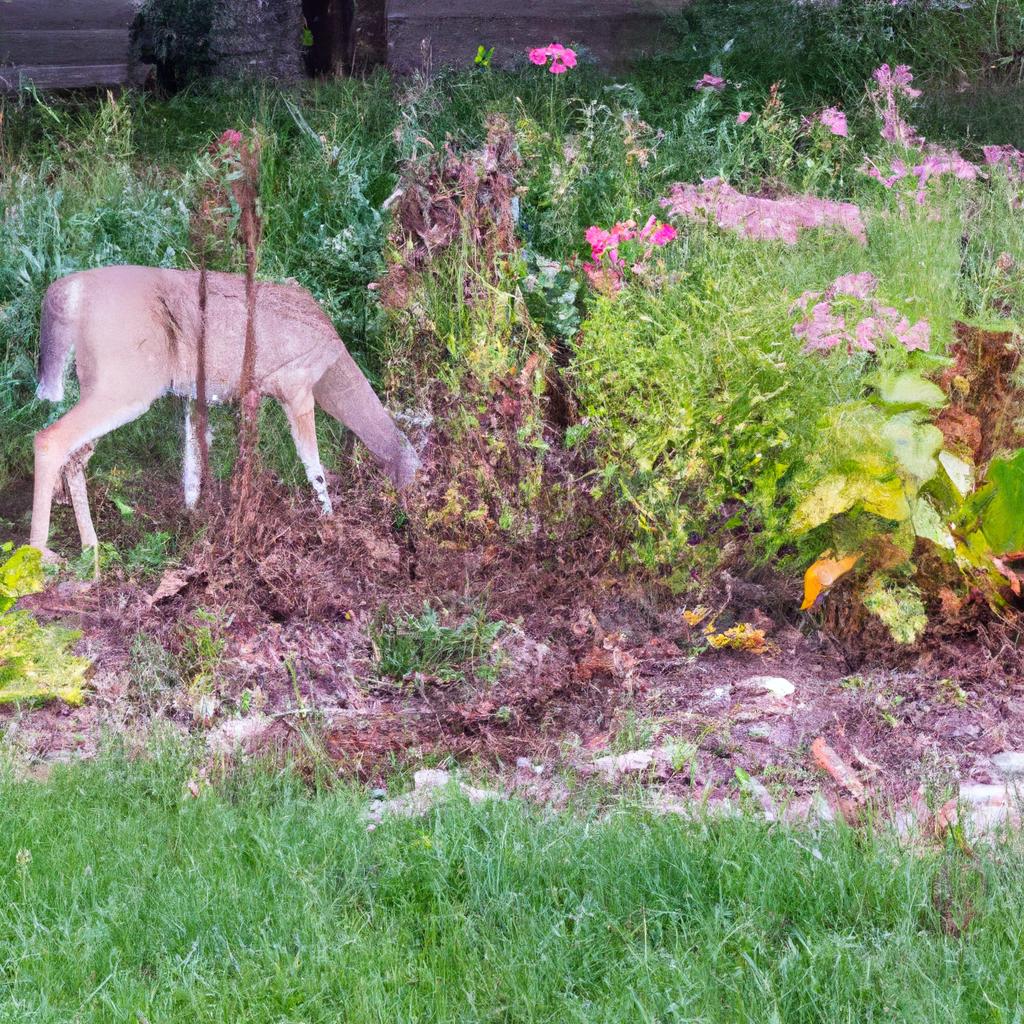
Identifying Specific Garden Pests in Missouri
When it comes to protecting your Missouri garden, knowledge is your greatest weapon. Let’s explore some of the most common garden pests that you may encounter in the Show Me State:
1. Aphids
These tiny, soft-bodied insects may seem harmless at first, but they can multiply rapidly and cause significant damage to your plants. Look out for clusters of aphids on the undersides of leaves, often accompanied by a sticky residue known as honeydew.
2. Slugs and Snails
These slimy creatures love moist environments and can leave behind a trail of destruction in your garden. Keep an eye out for chewed leaves and irregular holes in foliage, a telltale sign of their presence.
3. Cutworms
Cutworms are nocturnal pests that lurk beneath the soil’s surface, emerging at night to feast on tender young plants. Look for seedlings that have been severed at the base, as cutworms are notorious for their destructive behavior.
4. Japanese Beetles
These metallic green beetles are a menace to plants, skeletonizing leaves, and devouring flowers. Spotting their distinctive metallic sheen on your garden foliage is a clear indication of their unwelcome presence.
5. Tomato Hornworms
These voracious caterpillars can quickly strip your tomato plants of their leaves, leaving only bare stems behind. Look for their large, green bodies adorned with white stripes and the telltale horn-like projection at their rear.
Effective Control Measures for Missouri Garden Pests
Now that we’ve identified these common pests, it’s time to take action and protect your garden sanctuary. Here are some effective control measures, including both natural remedies and pesticides:
Natural Remedies
- Beneficial Insects: Encourage the presence of beneficial insects such as ladybugs, lacewings, and parasitic wasps. These natural predators feed on garden pests and help keep their populations in check.
- Barriers: Create physical barriers around vulnerable plants to prevent pests from reaching them. Use copper tape to deter slugs and snails or floating row covers to shield plants from flying insects.
- Organic Sprays: Homemade sprays using ingredients like neem oil, garlic, or soap can repel and deter pests without harming beneficial insects or the environment.
Pesticides
- Targeted Sprays: Select pesticides that specifically target the pests infesting your garden, ensuring minimal impact on beneficial insects and the ecosystem. Always follow the instructions and use pesticides judiciously.
- Organic Options: Opt for organic or biopesticides that are derived from natural sources. These products are less harmful to the environment and are an eco-friendly alternative to synthetic pesticides.
Remember, a combination of preventive measures, early detection, and targeted control methods is key to effectively managing pests in your Missouri garden. By employing a holistic approach, you can strike a balance that keeps your plants healthy while minimizing harm to the environment.
In the next section, we’ll delve deeper into the impact of Missouri garden pests and explore the potential damage they can cause to your beloved plants. Stay tuned as we continue our journey to protect your garden oasis from these relentless intruders.
Conclusion
As we conclude our journey through the world of Missouri garden pests, it is clear that maintaining a healthy garden is essential for preserving its beauty and productivity. By remaining vigilant and proactive in identifying and addressing pest infestations, you can protect your beloved plants and ensure their continued growth and vitality.
Remember, prevention is key. Implementing organic and eco-friendly approaches, such as companion planting, natural predators, and proper garden hygiene, can significantly reduce the risk of pest invasions. Integrated pest management techniques offer a comprehensive and sustainable approach, combining biological, cultural, and chemical control methods when necessary.
By understanding the specific pests that commonly plague Missouri gardens, you can tailor your prevention and control strategies accordingly. Whether it’s combating aphids, slugs, or tomato hornworms, there are numerous effective control measures available, including natural remedies and targeted pesticides. The key is to strike a balance between eradicating pests and preserving the delicate ecosystem of your garden.
At homegardenArtful.com, we are passionate about helping gardeners like you create and maintain thriving garden oases. We encourage you to implement the knowledge and strategies shared in this article to protect your Missouri garden from the clutches of pests. Together, let’s cultivate a haven where nature’s beauty can flourish, and you can revel in the serenity of your own backyard paradise.
Remember, your garden is a testament to your dedication, creativity, and love for nature. By staying informed, employing preventative measures, and taking swift action when necessary, you can protect your garden from the relentless assault of Missouri garden pests.
So, let’s roll up our sleeves, grab our gardening tools, and embark on an incredible journey of creating a pest-resistant haven that will be the envy of the neighborhood. Your Missouri garden deserves the best, and with the right knowledge and care, it will thrive for years to come.
Bold: homegardenArtful.com

